
Aluminum 2021 Vs 2024
You’ve probably seen aluminum machining products used everywhere in industry. It’s lightweight, tough, and easy to shape or machine. However, not every aluminum alloy performs the same way. You need the right fit for your job.
If you’re comparing 2024 aluminum vs 6061, you’re not alone. These two alloys lead in very different sectors. One offers solid strength under stress. The other provides flexibility and corrosion defense. So, how do you choose?
You’ll want to understand how they behave in real-world use. It’s not just about specs, it’s about performance under pressure. Whether you’re building aircraft parts or structural components, every alloy counts. This guide lays out what makes aluminum 6061 vs 2024 different.
Taking a Closer Look at Alloy 2024
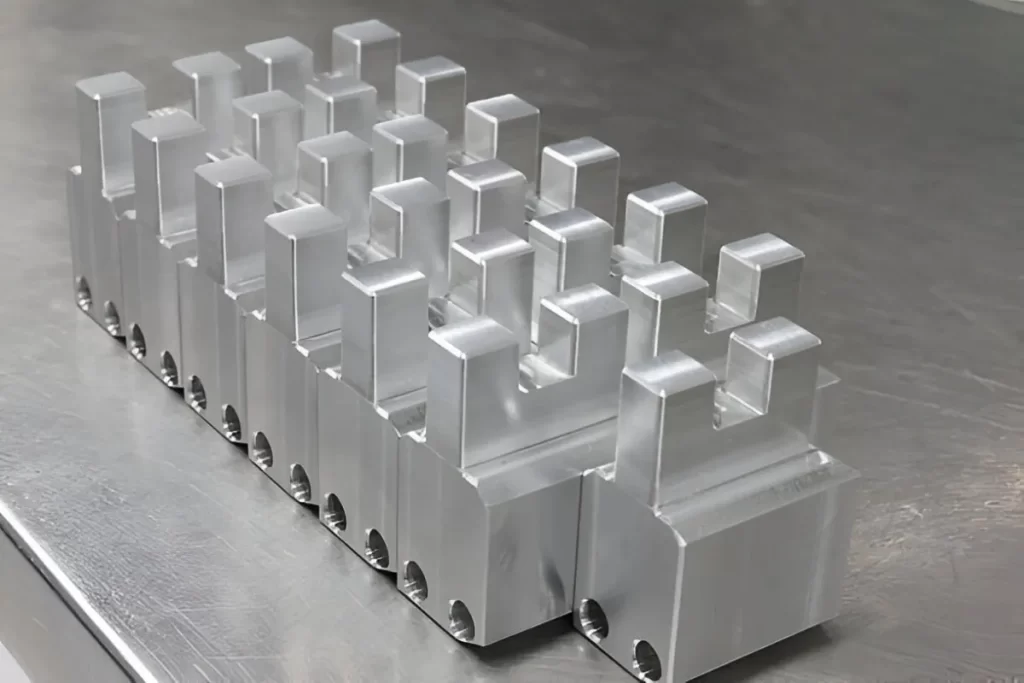
Aluminum 2024 Machined Parts
2024 aluminum belongs to the 2000 aluminum grades series. It is commonly used in aircraft component manufacturing. For example, wings and the inner fuselage are usually made from it. It is preferably used when high strength and fatigue resistance are the primary concerns.
2024 aluminum alloy has a high copper composition. The copper enhances the tensile strength of the alloy. Manganese and magnesium play supporting roles. They all, in combination, provide resistance against pressure and extreme loads.
This capability does not come without a tradeoff, though. The copper presence lowers corrosion resistance significantly. This limitation must not be overlooked in harsh environments. To compensate, industries use Alclad 2024. It has a thin layer of pure aluminum bonded to the surface for improved corrosion resistance.
2024 aluminum machinability is comparatively lower, and it is unsuitable for welding or brazing, so you must be cautious. That constrains the selection in fabrication processes. However, it performs better if machining and strength are the priority.
Try Prolean Now!
A Glance at Aluminum 6061
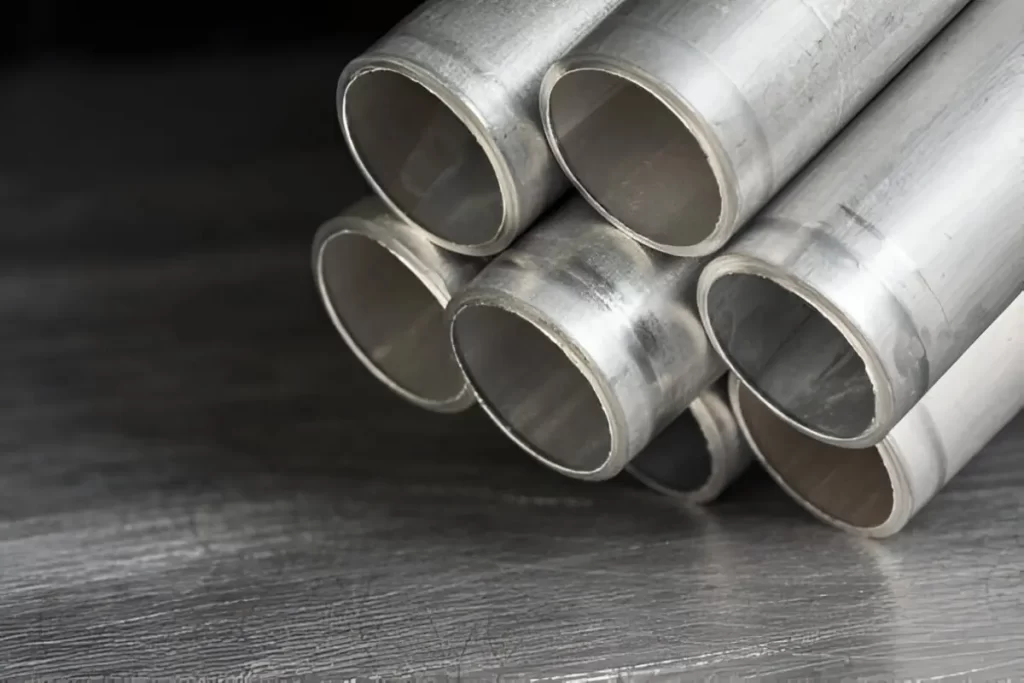
Aluminum 6061 Pipes
You will find 6061 aluminum in so many constructions. It is used in frames, fittings, and external structures. When it comes to aluminum alloy 6061 properties, it is good in strength, cost, and corrosion resistance.
6061 falls in the category of the 6000 series. It is strong because of magnesium and silicon. Such a balance provides you with good toughness and immense resistance. You receive quality performance without spending more money.
If you want more durable parts? 6061 alloy should be treated or tempered. It enhances the tensile properties of 6061 to a considerable degree. 6061-T6 aluminum machinability is notably high, and the alloy is easier to weld, too. However, 6061 offers a good balance of strength and ductility, making it easier to form and weld compared to 2024.
Of course, 6061 aluminum is not on top of the charts. Other alloys may offer higher hardness or use more advanced compositions for specialized performance. Nevertheless, 6061 provides consistent performance at the job site. It is cheap, available, and ever ready to produce.
6061 is preferred in extrusion processes because it flows easily through dies and retains consistent cross-sectional shapes, unlike 2024 aluminum extrusion for a certain reason. It effectively extrudes through dies and maintains its shape. This is why it is ideal in long structural sections and those that are complicated in nature.
2024 vs. 6061 Aluminum – Quick Comparison
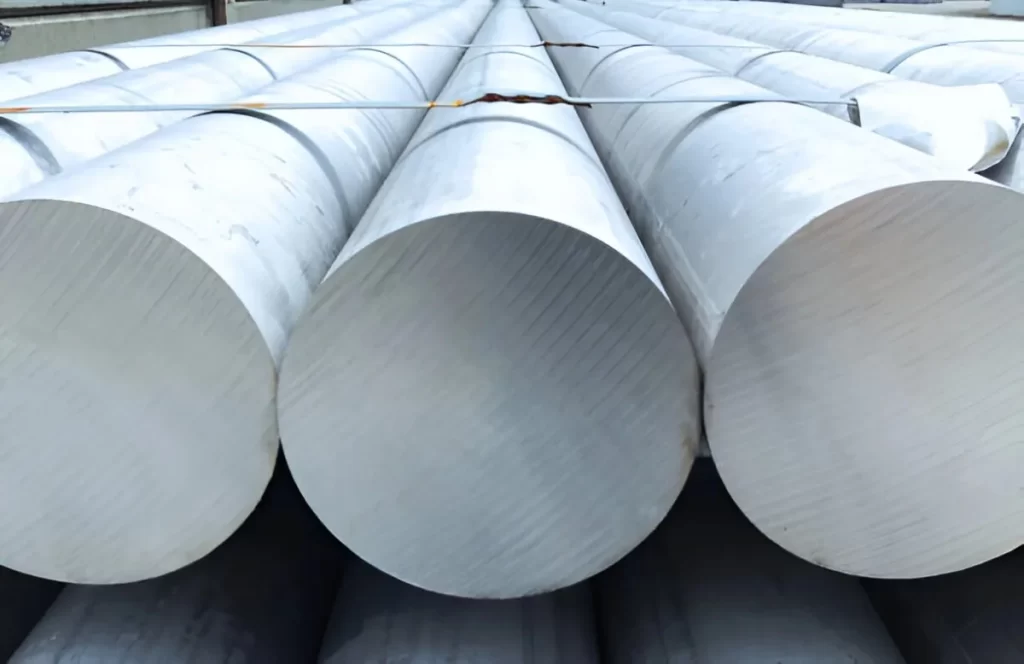
Stacked Aluminum 2024 Rods
Table: Aluminum 6061 vs 2024 Comparison
| Feature | 2024 Aluminum | 6061 Aluminum |
| Main Alloying Elements | Copper, Magnesium, Manganese | Magnesium, Silicon |
| Tensile Strength | High: ~470 MPa; 6061-T6: ~310 MPa. Actual strength depends on the temper condition. | Moderate: 241–310 MPa (with temper) |
| Corrosion Resistance | Low without cladding | Naturally good resistance |
| Weldability | Poor (usually prone to cracking) | Excellent( It is easy to weld) |
| Machinability | Fair, but it requires care | Good – machines clean |
| Workability/Forming | Decent, but it is less flexible | Very workable, ideal for extrusion |
| Best For | Aerospace, high-strength structures | Structural frames, transport, and consumer products |
| Versatility | Niche use and strength-focused | Highly versatile and fits many applications |
| Cost and Availability | Less common, higher cost | Widely available, cost-effective |
See Also: 6061 vs. 7075 Aluminum
Try Prolean Now!
Applications of 2024 and 6061 Aluminum Alloys
Typical applications show how 2024 and 6061 perform in the field.
2024 Aluminum Applications
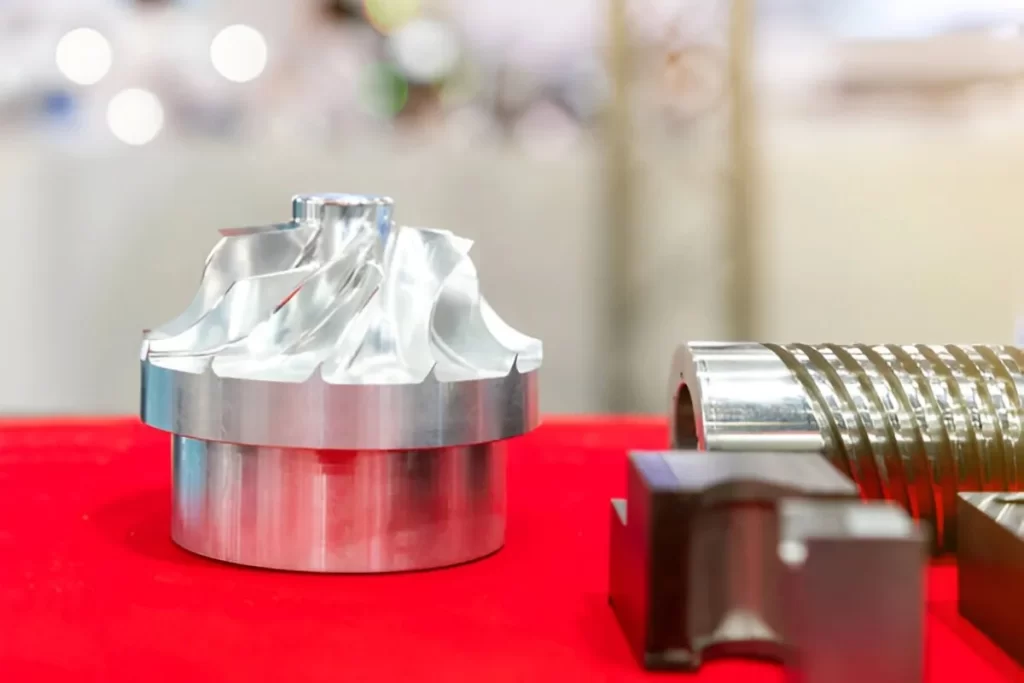
2024 Aluminum Machined Pump Component
- Aircraft fuselage panels
- Aerospace wing structures
- Helicopter rotor components
- Military-grade vehicle parts
- High-stress automotive suspension systems
- Aerospace rivets and fasteners
- Structural aerospace frames
- Missile bodies
- Aircraft bulkheads
- Aerospace-grade gears
6061 Aluminum Applications
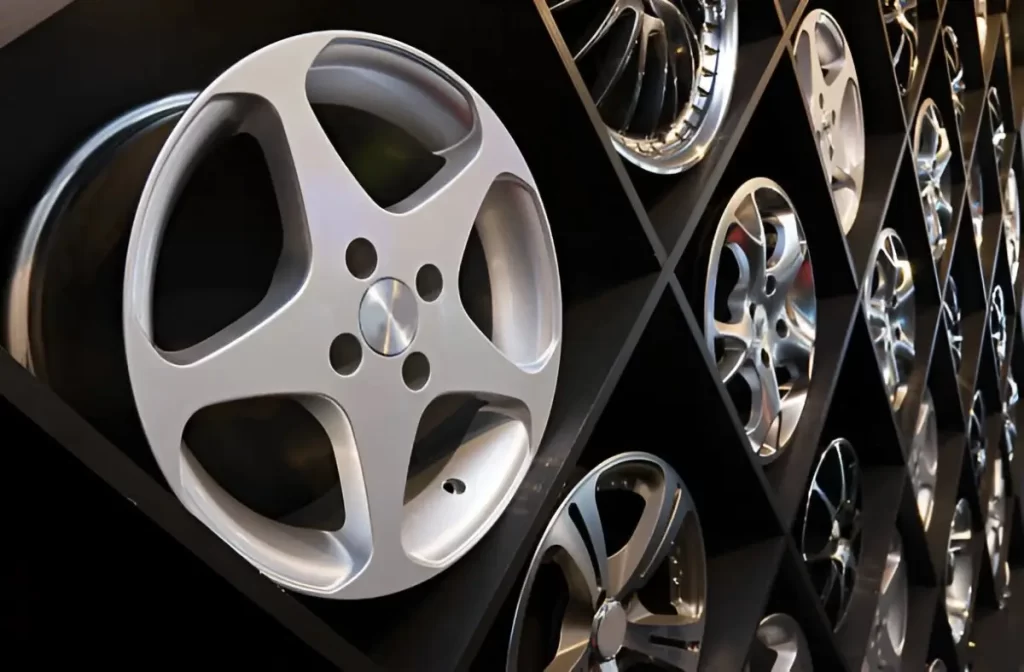
Aluminum 6061 Automobile Rim Frame
- Bicycle frames
- Automotive wheels and frames
- Boat hulls and fittings
- Structural building frames
- Heat sinks for electronics
- Piping and tubing systems
- Highway sign structures
- Furniture frames
- Industrial work platforms
2024 Aluminum vs. 6061 Aluminum: How to Choose the Right One
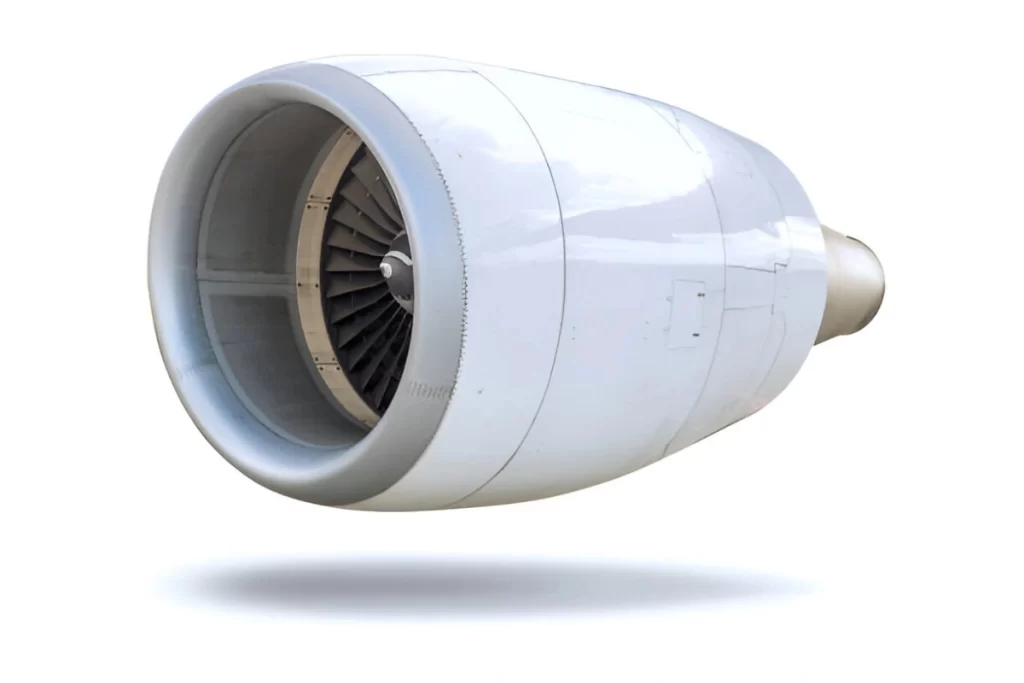
2024 Aluminum Aircraft Turbine
Choosing between aluminum 2024 and 6061 aluminum can be determined by considering your project needs. Each alloy excels under specific operating conditions. Choose 2024, when top-quality strength and wear resistance are required in your work. It is perfect when used to make:
- Components of aircraft, such as the fuselage and wings
- Hardcore military vehicle framework
- High-load aerospace components, such as structural bulkheads and fasteners, are not suitable for high-wear parts like gears or pistons.
Whenever you need a balanced performance, you can resort to 6061. It is strong, not prone to corrosion, and easily welded. Use it for producing:
- Auto spare parts, bicycle frames, and bicycle wheels
- The infrastructure in the form of bridges, railings, etc.
- Architectural features, windows, and doors
- Electrical boxes and housings
An optimal selection of an alloy implies aligning its strengths to your project objectives.
How Prolean Tech Supports Your Aluminum Projects?
After choosing the right aluminum alloy, you need a dependable partner to turn your ideas into reality. Prolean Tech offers expert custom aluminum machining intended for your metalworking needs.
Whether you’re working with 2024 or 6061 aluminum, we handle tight tolerances and complex designs with precision and expertise.
Ready to get started? Contact Prolean Tech today, and let’s build something exceptional together.
FAQ’s
Q1: Which is stronger, 2024 or 6061 aluminum?
2024 aluminum is stronger. Its higher copper content gives it greater tensile strength, making it perfect when you need materials that can handle heavy stress and fatigue. On the other hand, 6061 trades a bit of strength for better corrosion resistance and easier welding.
Q2: What is 2024 aluminum used for?
You’ll find 2024 aluminum mainly in aircraft parts like wings and fuselage because it’s built for strength and durability. It’s also used in military vehicles and tough mechanical components. Usually, it is places where materials must withstand high pressure and repeated stress. However, 6061 is the cheapest grade of aluminum than 2024.
Q3: What are the disadvantages of 6061 aluminum?
6061 aluminum is excellent for many uses, but it is not as strong as some alloys like 2024. So, it’s not the best pick if your project needs good strength under heavy loads. Also, while welds easily and resists corrosion, it doesn’t perform as well in high-fatigue situations.



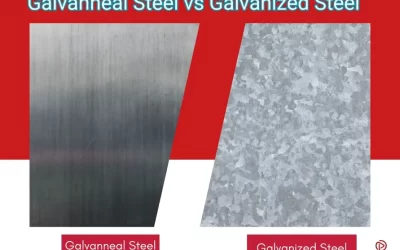
0 Comments